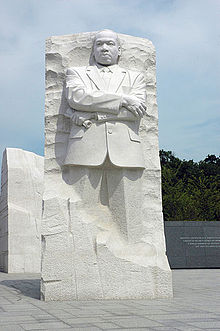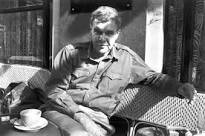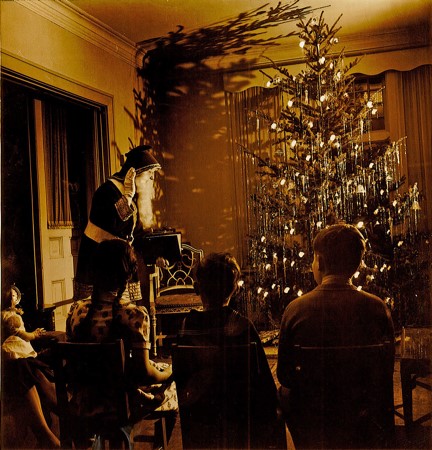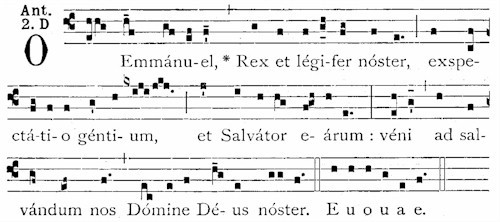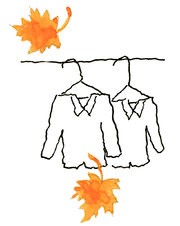Friday, January 20
Three sayings have come to mind over this week, each speaks to uncertainty and suspicion. I think of them as poems though they were written as prose. I have long cherished these writers as brave enough, and wise enough, to pay attention to inner experience in a demanding world. When I decided to place all three as a set for Inauguration Day, I was helped by a January 1 email from a soul friend; she wrote: “came across this line from Simone Weil.
“Attention is the rarest and purest form of generosity.”
Best to read the three sayings out loud, with pauses, as if they were poems.
Have a blest weekend.
john sj
One, President Lincoln’s First Inaugural:
“We are not enemies, but friends. We must not be enemies.
Though passion may have strained it must not break our bonds of affection.
The mystic chords of memory,
stretching from every battlefield and patriot grave to every living heart and hearthstone all over this broad land,
will yet swell the chorus of the Union,
when again touched, as surely they will be,
by the better angels of our nature.”
Abraham Lincoln — 1861 Inaugural
Two, Garrison Keillor: (I cannot remember when I first read this, twenty years ago?)
A little faith will see you through.
What else will except faith in such a cynical corrupt time?
When the country goes temporarily to the dogs,
cats must learn to be circumspect, walk on fences, sleep in trees, and have faith
that all this woofing is not the last word.
Even in a time of elephantine greed and vanity,
one never has to look far to see the campfires of gentle people.
Lacking any other purpose in life, it would be good enough to live for their sake.
Fr. Pedro Arrupe, S.J.
I often remind myself that this man of great hope and playful humor served as the Jesuit Novice Director in Hiroshima the day the atomic bomb fell upon that city. As the scale of destruction began to be clear, he and the novices formed medical emergency teams (Arrupe had medical training before he became a Jesuit) and walked the city looking for people who were still alive. They carried as many as could fit all over the floors their home to the Novitiate, and tended wounds: Not many world leaders came so close to nuclear weapons in action as this man. “Attention is the rarest and purest form of generosity.”
Nothing is more practical than finding God,
that is, than falling in love in a quite absolute, final way.
What you are in love with, what seizes your imagination,
will affect everything.
It will decide what will get you out of bed in the morning,
what you will do with your evenings,
how you spend your weekends,
what you read, who you know, what breaks your heart,
and what amazes you with joy and gratitude.
Fall in love; stay in love,
and it will decide everything.
Attributed to Pedro Arrupe, sj while he was Superior General of the Society of Jesus.

